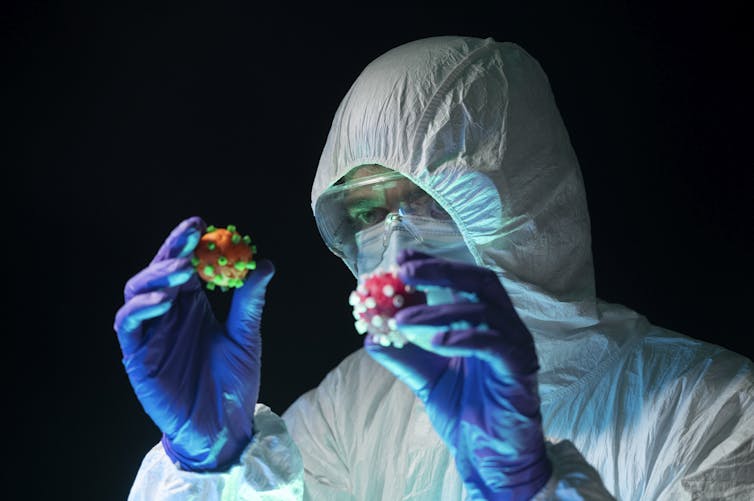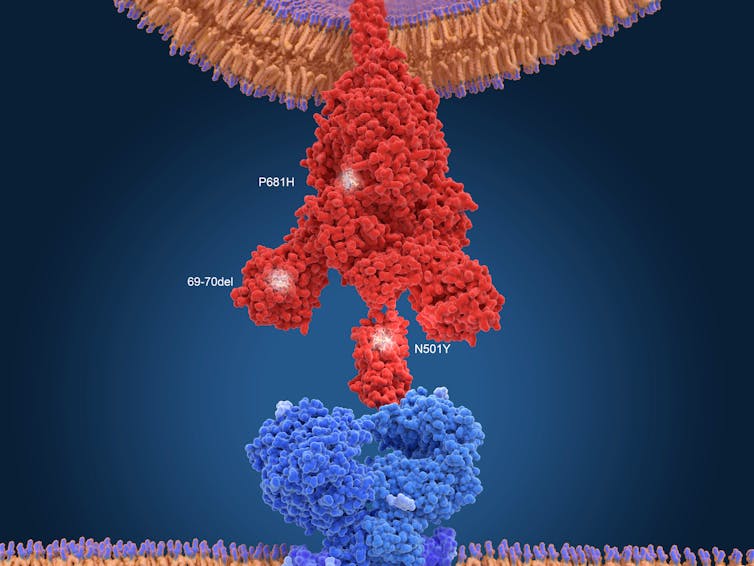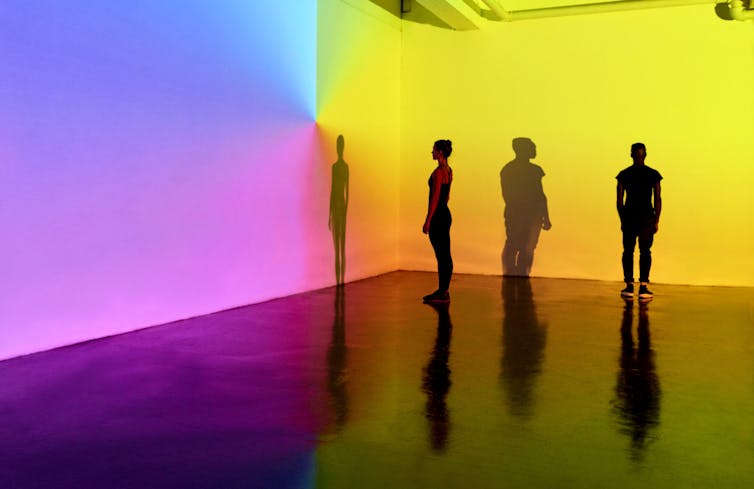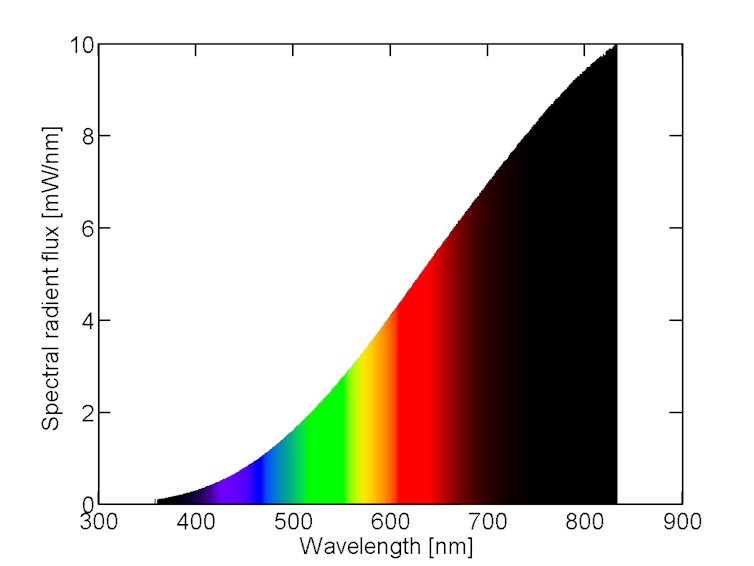
If people who work for the government tell us our safety depends on us not knowing what they do, we might suspect that they wanted to cover up wrong-doing. Unless, it seems, they work for state security agencies.
South Africa’s media are awash with shock at “bombshell” revelations about the country’s security services at the hearings of a commission of inquiry into “state capture”. Testimony shows that the State Security Agency, which is meant to provide the government with intelligence on domestic and foreign threats, was used to fight factional battles in the governing African National Congress (ANC) and to engage in corrupt activity. The agency, the evidence suggests, served former president Jacob Zuma and his allies, not the country.
The revelations are of far less interest than the reaction of the media and the national debate to them. This is so not because the case against the security services is trivial. It is anything but: it shows that they did little to safeguard the country and much to protect a political faction and to funnel public money into private purposes.
But these allegations are not new. The fact that they are being treated as bolts from the blue shows how unprepared South Africa’s politicians, media and citizen organisations which shape the national debate are to deal with the threats posed by its security establishment.
Spies behaving badly
The core of the evidence was the testimony of Sydney Mufamadi, an academic and former cabinet minister. It was damning but should have taken no-one by surprise. It was given because he chaired a panel which investigated the security agencies at the request of President Cyril Ramaphosa.
Mufamadi’s panel reported in December 2018 and its report was released by Ramaphosa in March 2019. It is a public document, available on the Internet. There were some media reports on its contents when it was released but it did not cause much of a stir.
Mufamadi’s evidence was supplemented by that of the acting director-general of the State Security Agency, Loyiso Jafta, and by a witness who conducted an internal investigation into wrong-doing at the agency and who, consistent with the security services’ penchant for secrecy, is identified as “Miss K”. While both added detail to Mufamadi’s account, everything they said reinforced his panel’s findings.
The factionalism of the security services has been evident for at least a decade. During the fight against apartheid, Zuma headed ANC Intelligence. So, he could command the loyalty of former ANC underground security agents who joined the government after 1994, many of whom continued to put his interests first. Years ago, a colleague valued for his understanding of the workings of the governing party who had joined me in a radio panel discussion explained how the security agencies would interpret what we said and pass on their view to the faction whose interests they served.
So why have media treated the contents of a two-year-old report which confirmed older suspicions as a “bombshell”? One reason may be that most of the country’s reporters do not read anything longer than a media release, ensuring that government reports are ignored unless their contents are revealed at a press conference. Another is that the media – and citizen organisations which take part in the national debate – do not see the security services as a threat to democracy.
This is illustrated by the controversy over the Protection of State Information Bill. It was passed by Parliament in 2013 but is still not law – Ramaphosa sent it back to Parliament last year because he believes parts are unconstitutional.
The bill, which would give officials power to classify documents to keep them out of the public eye, triggered a campaign by media and citizens’ groups who claimed it aimed to prevent reporting on corruption. They insisted that there was no problem with “legitimate” secrecy which protected national security.
Holding spies to account
This misunderstood why the bill was tabled and what it was meant to do. Ironically, it began as an attempt to ensure that apartheid-era laws were changed to align them with the values of the democratic constitution.
When drafts of the bill proposed ending most government secrecy, the security establishment, as securocrats are wont to do, painted lurid pictures of the horrors which would ensue if citizens knew what they were doing.
They demanded strong provisions to keep information classified. To emphasise the bill’s real purpose, an entire chapter was included which made it clear that it could not be used to prevent reporting on government corruption – its only role was to safeguard “genuine” state secrets.
The “bombshell” evidence shows what the security agencies wanted to be protected from: information on how they were abusing their power. If the bill had been phrased as the campaigners wished, the security establishment’s secrets would have been classified, hiding their partisanship and wrong-doing from public view, while the media and citizens’ organisations claimed victory.
The fact that the Mufamadi report was largely ignored when it appeared suggests that the debate has no great enthusiasm for holding spies to account because it remains convinced that they need to hide what they do to protect the people.
Even now, this is a theme in some reporting on the “revelations”. Spies are feeding reporters more lurid details of how the evidence to the commission threatens citizens’ security. Agents who now fear for their safety when their identities are revealed will now, the country is told, sell their services to other employers who will protect them better.
None of this is backed by a shred of evidence – security agencies are in the business of exaggerating both the threats to the country and their importance in thwarting them. But, since the default position of many journalists and campaigners is to believe the spies, loud voices will again insist that they be allowed to keep their secrets.
Democracy’s health depends partly on ignoring those voices.
Safeguarding democracy
It is open to question how much the country needs security agencies. Crime intelligence is essential but the country is not threatened by any other state enemies (except those invented by security operatives) and internal threats to security stem from issues, such as local tensions between citizens and local governments, which are no business of spies.
That said, the country probably needs security agencies to guard against future threats but, precisely because they do operate in secret, the interests of the people will be protected only if they are subject to strong oversight from elected representatives and citizens’ groups.
At the very least, oversight bodies need to know exactly what they are doing, how and why. This information, stripped of references to people and operations where Parliament thinks this is needed, must be available to all citizens.
If that does not happen, citizens’ rights will be eroded as they allow spies to prey on them while they claim to protect them.![]()
Steven Friedman, Professor of Political Studies, University of Johannesburg
This article is republished from The Conversation under a Creative Commons license.







